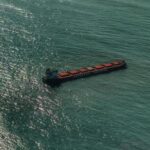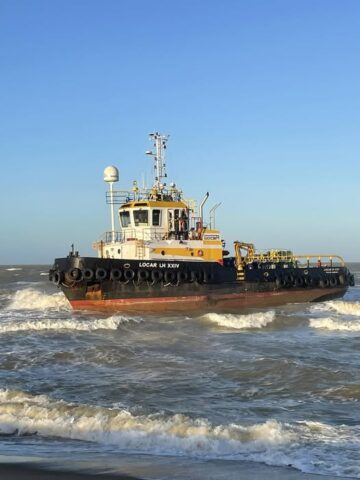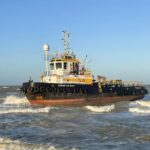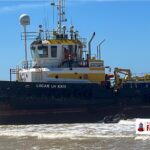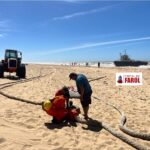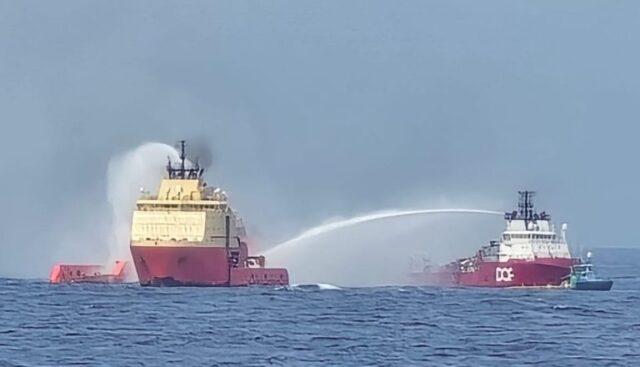Shandong Xin Ze
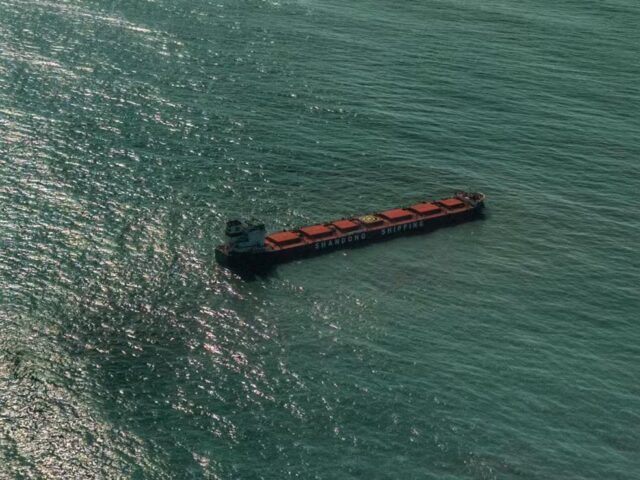
On the evening of September 14, the 229 meter long, 82165 dwt bulk carrier Shandong Xin Ze (IMO: 1026570) ran aground in the South Atlantic Ocean off the coast of São Paulo, Brazil. The Shandong Xin Ze had suffered a power blackout while entering the port of Santos with its cargo of fertilizers. Unable to restore power, the bulk carrier drifted out of the channel and ran aground. Traffic was temporarily halted for several hours while 2 tugs assisted Shandong Xin Ze to anchor outside the channel to avoid running into shallow waters. There were no reports of injuries, damage or pollution released. Port authorities have launched an investigation into the incident.
